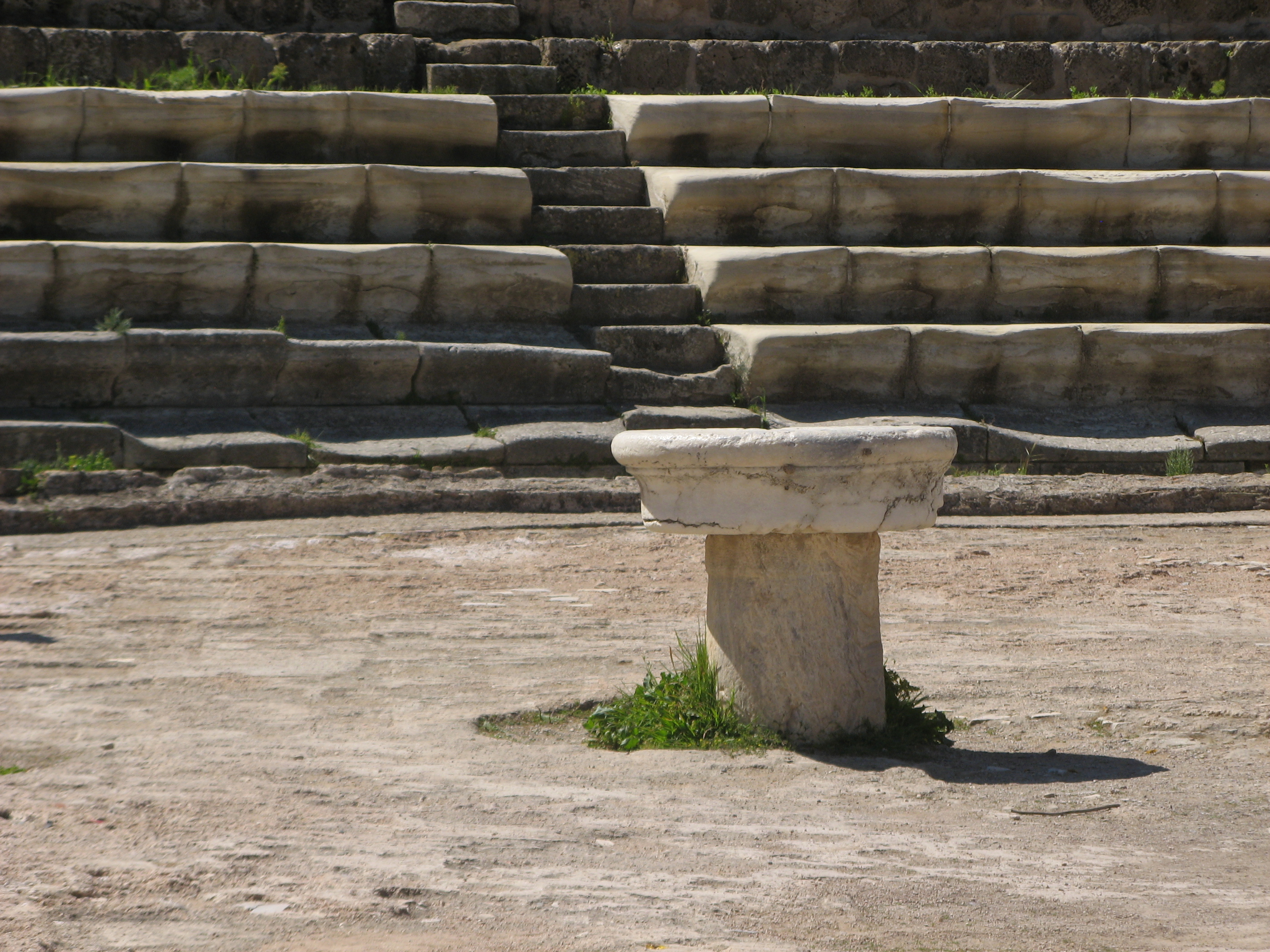h. 17:00 – Aula Marco Celio
Chair: Alessandra Ravera (Università di Bologna)
Facing up to the Gods: Image in the so-called Confession Inscriptions of Asia Minor
Justine Potts (University of Oxford)
This paper will provide a new approach to the study of the ‘Confession Inscriptions’ of Asia Minor. These inscriptions are mostly stelai from Lydia and Phrygia, dating to the 2nd and 3rd centuries AD. Whilst enormously intriguing for the religious importance of the inscribed text, that is their ‘confessions’, they are also highly significant for the reliefs which they bear. Yet both the nature and importance of their images have been overlooked by scholarship. The usual background to the erection of a confession stele, we infer from the inscriptions, involved a religious wrongdoing for which the transgressor is punished by the gods with a physical infliction; and so they erect a stele to ‘confess their faults’. Despite the voluminous interest generated by the stelai, the scholarship has generally been limited to a logocentric approach, sometimes we might forget the stelai even bore images;1 and although the publication of the inscriptions as a corpus by Petzl in 1994 facilitated much progress, the corpus-mentality has led to synchronic treatments, as if they were not separated by at least two centuries. This paper will engage with a number of historical debates, but my approach will be distinct in two ways: firstly, it will emphasise the significance of the reliefs for our understanding of the inscriptions and for their contextualisation, and, secondly, it will provide diachronic analyses within the corpus, and comparisons with other epigraphic genres of the region. It will thus suggest interpretations for issues concerning competitive medicine, literacy, priestly control of the epigraphic process, and the extent to which they represent the Volksreligion of inland Anatolia. This paper will also argue for the identification of a number of sculptors at work, illuminating the contexts for the stelai’s production. The stones do not just speak, 2 they show.
Discorsi già scritti e discorsi mai scritti: recito e declamo
Elena Spangenberg Yanes (Università di Roma – La Sapienza)
Il verbo recito indica in latino la lettura ad un uditorio, dapprima di documenti (leges, litterae) nel contesto ufficiale del tribunale e del senato (da Plauto), poi, dall’età augustea, di opere letterarie (poesia, ma anche storiografia e oratoria, come testimoniano Suet. Aug. 89, 3 e Plin. epist. 7, 17, 1- 4).
A chiarire che recito presuppone sempre la presenza di un testo s c r i t t o concorrono alcuni passi in cui è accostato, per contrasto, ad altre espressioni (orationem habere in Cic. Planc. 74; declamare in Sen. contr. 2, 4, 8), specialmente a declamo, che si usa, invece, solo per la performance di esercizi retorici non destinati ad una fissazione in forma scritta. L’oratoria e la retorica costituiscono, infatti, l’ambito privilegiato in cui verificare la specializzazione lessicale dei verbi recito e declamo, situati ai due poli
opposti dell’esercizio propedeutico all’oratoria propriamente detta (declamo) e della riproposizione di discorsi ormai cristallizzati in una redazione scritta (recito). Ripercorrere le attestazioni del nesso orationem (et sim.) recitare offre un saggio non solo dell’evoluzione semantica del verbo ma anche del progressivo declino dell’oratoria.
Da una rilettura in tribunale posteriore all’actio e alla stesura scritta dei discorsi (Catone, Cicerone, poi ancora Svetonio) si passa ad una rilettura in ambito privato (Seneca il Vecchio, Svetonio
, poi ancora l’Historia Augusta) e più tardi ad una lettura domestica preliminare alla pubblicazione scritta (Plinio il Giovane). Solo nell’epistolario di Frontone la recitatio viene a coincidere con la prima espo
sizione pubblica delle orazioni: non è più un momento distinto dall’actio, ma si sostituisce ad essa.



